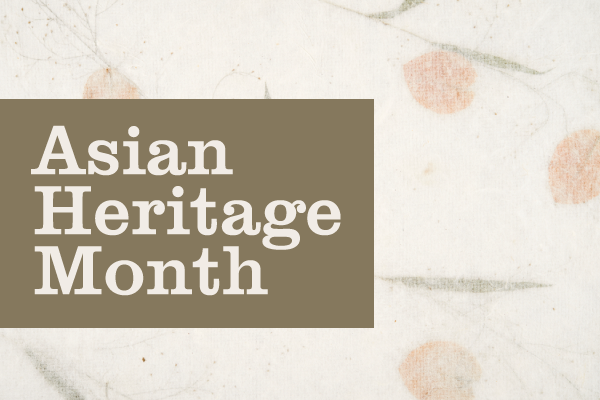When we wrote about Asian Heritage Month last year, we focused on the difficulties faced by Chinese immigrants between confederation and the early 1920s. But the end of the Chinese Head Tax didn’t mark the end of discriminatory policies.
Japanese immigrants began arriving in Canada in the 1870s in search of a better life. Like their Chinese counterparts, they had to contend with fervently anti-Asian attitudes in British Columbia.
But those attitudes grew even worse during World War 2. After the Japanese attacked Pearl Harbour on December 7, 1941, Prime Minister W. L. Mackenzie King declared war on Imperial Japan.
Only days later, 1,975 Canadian soldiers surrendered to the Japanese during the Battle of Hong Kong. Reports of murder, cruelty and starvation of these prisoners of war “increased the fear and hatred of Canadians for their Japanese-Canadian neighbours.”1
“Of the more than 23,000 [Japanese immigrants] in Canada at the time, over 75 per cent were Canadian Citizens. All were designated enemy aliens by government regulations.”2
It wouldn’t take long before the government mandated that all Japanese immigrants, whether naturalized citizens or Canadian-born, had to register with the Registrar of Enemy Aliens.
On January 14, 1942, Prime Minister Mackenzie King declared a large portion of the Pacific coast a “protected area”. First, a curfew was imposed requiring every person of the Japanese race to home after sunset and stay there until sunrise. If you lived in the protected area, you weren’t permitted to use or own a motor vehicle, a camera or a radio. 3
Within a few months, the government began to forcibly remove Japanese men from the protected area.
“Japanese Canadians were told to pack a single suitcase each and taken to holding areas, to wait for trains to take them inland. Vancouver’s Hastings Park was one of areas where families waited, sometimes for months, to be relocated.”
More than 20,000 Japanese were moved to remote areas of British-Columbia. The majority of those displaced were actually born Canadian citizens. A year later, all their possessions that had been seized by the federal government were liquidated.
“Even at the end of the war, King continued to bow to the most strident demands of the politicians. He offered the Japanese two choices: go back to Japan or disperse ‘east of the Rockies’.”
Many men were taken from their families and sent to work in road camps in Ontario and near the border between Alberta and British Columbia – while their wives and children were sent to camps. Families who wanted to remain together went Eastward, to Alberta and Manitoba, where they often performed back-breaking work on sugar beet farms.
In her book, Japanese Canadian Journey: the Nakagama Story, Dr. Rochelle Sato-Yamagishi writes about her family’s experience. After been uprooted from Steveston, British Columbia, her father moved to Lethbridge, Alberta, where he opened the first Albertan Japanese food store.4
“Similar to all the evacuees to Alberta, my father and mother endured great hardship, but characteristic of Japanese Canadians as a whole, I am struck with how they turned adversity into opportunity. They focused on getting through each day, hoping for a better life, and seemed to never allow their dream to be stolen from them.” 5
“I am most impressed by the fact that, despite having lost so much in Steveston, they never became bitter, as they established a new home in southern Alberta.”6
[1] Hickman, P. and Fukawa, M. (2011). Righting Canada’s Wrongs: Japanese Canadian Internment in the Second World War. Toronto, ON: James Lorimer & Company Ltd., Publishers..
[2] Idem
[3] Idem
[4] Yamagishi, N. R. (2010) Japanese Canadian Journey: The Nakagama Story. Victoria, B.C.: Trafford.
[5] Idem
[6] Idem
